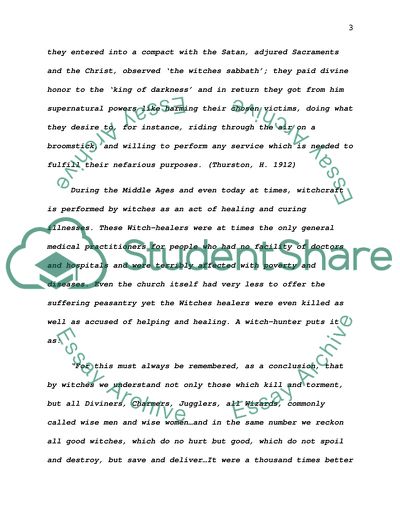Cite this document
(“Witchcraft Essay Example | Topics and Well Written Essays - 1250 words”, n.d.)
Retrieved from https://studentshare.org/miscellaneous/1620684-witchcraft
Retrieved from https://studentshare.org/miscellaneous/1620684-witchcraft
(Witchcraft Essay Example | Topics and Well Written Essays - 1250 Words)
https://studentshare.org/miscellaneous/1620684-witchcraft.
https://studentshare.org/miscellaneous/1620684-witchcraft.
“Witchcraft Essay Example | Topics and Well Written Essays - 1250 Words”, n.d. https://studentshare.org/miscellaneous/1620684-witchcraft.


